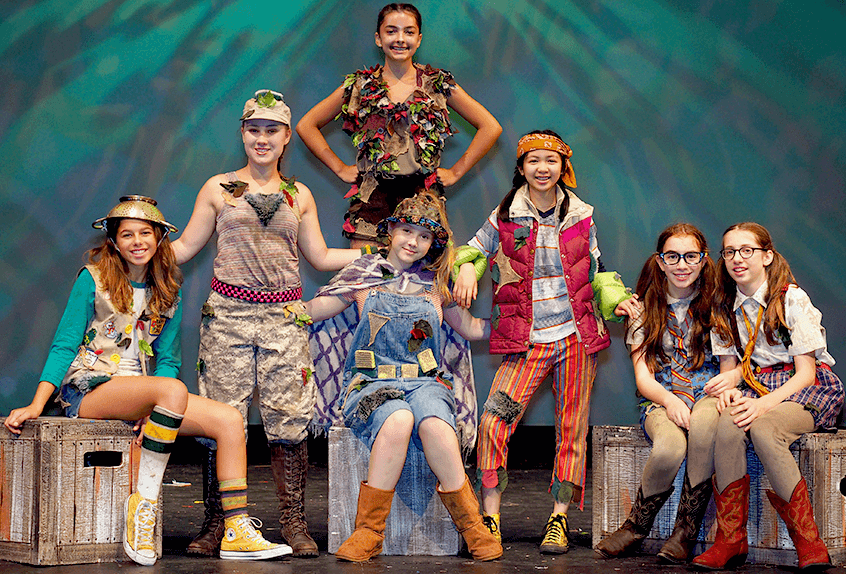Democratic nominee Kamala Harris and Republican nominee Donald Trump took the debate stage in a fiery fight for the presidency on September 10th. This pivotal presidential debate holds the power to significantly influence Americans and their choices in the upcoming November election.
For several decades, the presidential candidates have debated one another at least once every election cycle. At these debates, moderators, typically experienced journalists, ask them a series of questions regarding the nominee’s stances on prominent issues within America. Both candidates are offered the opportunity to respond to these questions and interact with the opposing candidate and their statements.
Middle School US History Teacher Saranicole Marino shared, “[The debate is] really significant for people to be able to see where the candidates stand on all of [America’s] issues, because [if elected,] they will be the primary face of those issues for the American public and other countries.”
According to NBC News, the top five most discussed topics during this year’s debate were the economy, abortion, foreign policy, healthcare, and the war in Ukraine. Comparatively, The Pew Research Center shared that the topics ranked as “very important” in the decisions of registered voters are the economy, health care, supreme court appointments, foreign policy, and violent crime. On the contrary, candidates mostly discussed how they were suitable for the presidency while their opponent was not.
Upper School Deans Department Chair and Director Of College Guidance Emily Gardiner, shared that the “eager action on each of [the candidates] side was, ‘like me and dislike that person next to me.’”
Gardiner furthered that while this decision may have been made to “appeal to people who might not be so policy heavy,” she found it distracted from the quality of debate. “[Candidates] would be asked a question and they just wouldn’t answer it,” she said. “Or they’d start kind of answering it, and then five minutes later you’re like, ‘where’d the question go?’ That frustrated me watching it.”
Similarly, Marino shared that while she believed “some people were able to get an idea on [the candidates’] actual policies and plans…[they weren’t] as in-depth as we would want it to be to become an informed voter.” She believed that candidates were given too short of speaking times and too frequently used ad-hominem attacks which detracted from the debate.
Even when discussing the issues central to American citizens, the candidates’ responses weren’t always beneficial to influencing a voter’s decision or developing the public’s understanding.
Upper School History Teacher and Director of Service Learning Elijah Sivin shared that the candidate’s responses in the debate were “polarizing, because they’re more tense and they’re more aggressive. I think there is a good chance for someone of either party to slip a fast one past people.”
Out of Trump’s 34 statements made during the debate, The New York Times deemed 17 as “false,” six as “needing context,” seven as “misleading,” two as “exaggerated,” and two as “lacking evidence.” As for Harris’s nine claims, the Times deemed three as “needing context,” one as “true,” two as “false,” and one as “misleading.”
Sivin noted that when fact-checking, these polarized responses often reveal the character and beliefs of a candidate, enabling Americans to better understand who they’re voting for. “[If] somebody says something and they are fact-checked, and the majority of viewers seem to agree that this is an appropriate thing to fact-check,” he said, “then we may have a moment where we…align the tiny, shrinking, [amount of undecided voters] that we still have in this country with a political party.”
As for the debate’s “winner,” it’s a matter of perspective. While Sivin shares that “almost all observers that I’ve heard, including on Fox News….[and] people in polls, seemed to be saying that Harris won,” the real winner of the presidential debate will only be seen on election day, when its influence manifests itself in ballots.


























